alexkich/iStock/GettyImages
At one time, sugar was only used to cover up bitter tastes in medicines. In food, it was far more likely that honey sweetened the dish. In fact, it wasn’t until the early 1900s that commercial manufacturers started using sugar in products.
However, there's a long-running concern over the amount of sugar that the general population consumes. While honey is simply another form of sugar, it offers a few health benefits that sugar doesn't, such as antioxidants. While it's possible to substitute honey in place of sugar when making candy, it's not necessarily a simple switch. Candy-making is a delicate process.
Considering the Flavor
The taste of honey is different from the taste of sugar. That means using honey instead of sugar in candy recipes changes the overall flavor profile of your finished product. Each type of honey has a distinct intensity, ranging from very mild to heady and potentially overwhelming.
As a guideline, if you want a light honey flavor like that of clover honey, look for pale-colored products. Dark honey like buckwheat has a much stronger flavor. Always taste your honey before using it in candy making to ensure that you like it.
Determining Proportions
Honey is sweeter than sugar—nearly two to three times as sweet. As a result, bakers and candy makers alike typically use less honey in place of sugar in a recipe--1/2 to 2/3 cup of honey replaces 1 cup of sugar.
You must also adjust the liquid ingredients when substituting because honey adds moisture. For each cup of sugar replaced with honey, decrease the liquid components by 2 tablespoons. This balances the moisture content added by the honey.
Taking Care of Temperature
Candy is a highly temperature-sensitive creation. Temperatures for each stage, ranging from soft ball stage to hard crack stage, must be precise or the candy will not set up properly. Honey responds to heating the same way as sugar. You do not have to change the temperature to which you cook it to achieve the desired results.
For example, for pralines requiring a soft ball stage, cook the honey to 235 to 240 degrees Fahrenheit. For caramel, heat the honey to 245 to 250 F. For divinity or rock candy, increase the temperature to 250 to 265 F., and for hard candy, such as lollipops, the temperature should be between 290 and 310 F.
Related Articles
How Long Can Honey Last Without Going ...

The Disadvantages of Saccharin
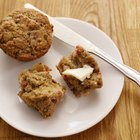
How to Bake With Erythritol
What Can I Use As a Sugar Substitute ...
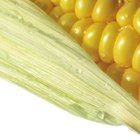
How to Substitute Light Corn Syrup in a ...
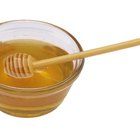
How to Liquify Honey
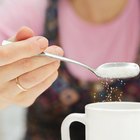
How to Substitute Splenda for Sugar

What Causes Honey to Crystalize

What Is Agave Syrup?

How to Substitute Agave Nectar for Sugar

Can You Use Beet Sugar for Cooking?
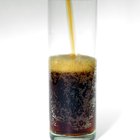
Is There Glucose in Soda?

Do You Use Granulated or Powdered Sugar ...
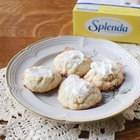
How to Make Sugar-Free Cookies With ...

How to Cook With Applesauce Instead of ...
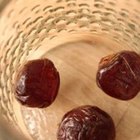
How to Make Sugar Wax?

Substitute for Sorghum in Gingerbread

What Can I Substitute for Malt Extract?
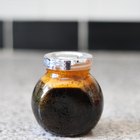
How to Make Arabic Wax for Hair Removal

The History of Caramel Candy
References
Resources
Writer Bio
Patricia Telesco has been a writer since 1992. She has produced more than 60 books with publishers that include HarperCollins and Simon & Schuster. Her articles have appeared in "Woman's World" and "National Geographic Today." Telesco holds a Bachelor of Arts in English from the University of Buffalo.